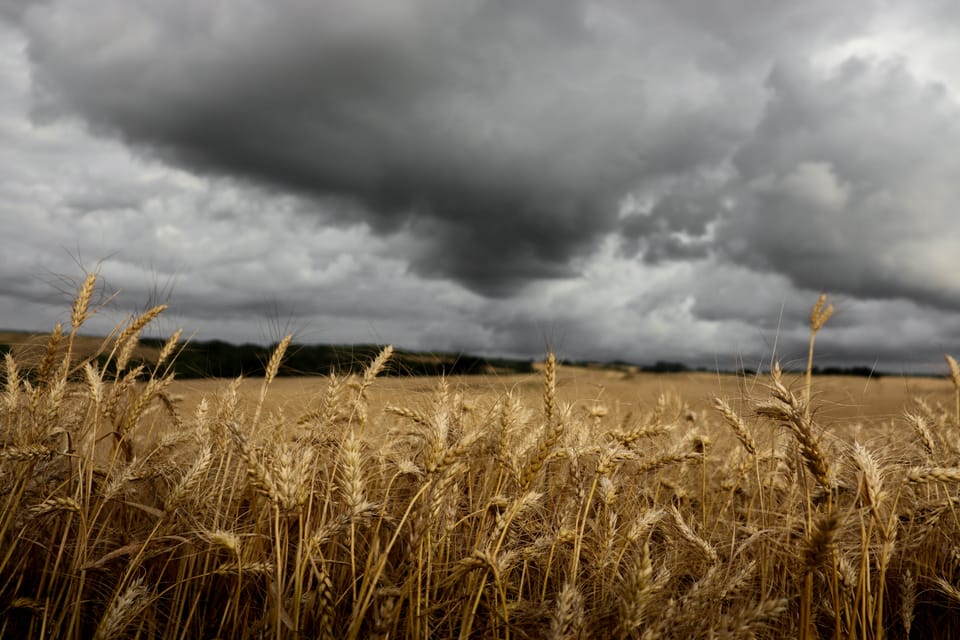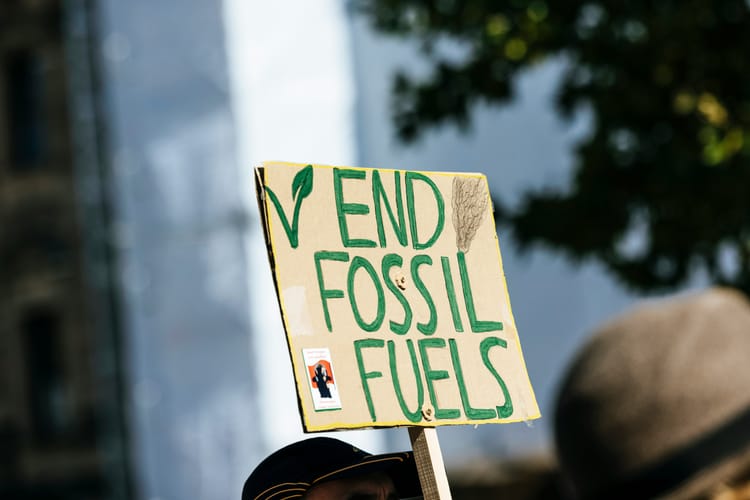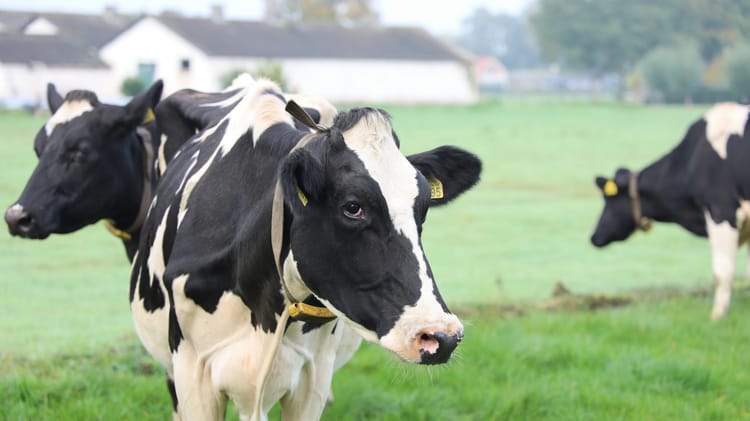EU agriculture already loses €28bn a year to extreme weather events

The EU agriculture sector already faces average annual losses of €28 billion due to extreme weather events – and this is expected to rise to €40 billion by 2050.
A new report by insurance group Howden highlights the current and future cost of climate-related events for European farmers, and the fact that most of these losses are uninsured.
Food system investors have been warned before about future climate-related losses of up to US$38 trillion. But in the first EU-wide financial assessment of the impact of climate risk on agriculture, Howden calculates that losses from drought, heavy rainfall, hail and frost are already a reality, equating to 6.4% of EU crop yields and rising to over 10% in the worst years.
Read also: Food industry whistleblowers alert investors on climate risk
Drought as the greatest threat to crops
By 2050, annual crop and livestock losses under a business-as-usual emissions scenario are set to reach €40 billion, exceeding €90 billion in a catastrophic year, Howden adds. This is a 40% increase driven by climate change.
Drought is the greatest threat to food production across all EU regions, representing over 50% of total agricultural losses, but the report points to significant country variations. In the coming decades, projected catastrophic losses could reach €20 billion in Spain and Italy alone, while smaller economies in Central and South-Eastern Europe could face agricultural losses exceeding 3% of their GDP in years with extreme weather events.
Luigi Sturani, CEO, Howden Europe, said: “Climate volatility is placing growing pressure on farmers and ultimately consumers. This report provides a clear call to action for EU agriculture and local governments to adapt. More robust forms of climate finance and establishing consistent risk quantification are essential to accelerating adaptation and ensuring future insurability of this essential sector.”
Closing the agriculture insurance gap
Compounding the new risks posed by earlier budding and flowering, as well as more frequent and intense storms and droughts, is the fact that only 20 to 30% of climate-related losses are insured via public, private or mutual systems, including by Europe’s Common Agricultural Policy (CAP).
This means farmers – who are already facing extra pressure on yields and profits from climate change – are forced to shoulder 70 to 80% of all weather-related farm losses, often leading governments to provide unbudgeted financial assistance.
In a series of recommendations to EU regulators, Howden suggests streamlining data to enhance risk management and adopting a suite of advanced risk-transfer mechanisms, including catastrophe bonds and public-private reinsurance arrangements, and scalable climate adaptation measures.
Scaling up reinsurance and catastrophe bonds for farmers
The report also recommends that the EU scale up adoption of reinsurance and catastrophe bonds to protect budgets and provide pre-arranged, rapid-response funding when disasters strike, enabling faster recovery for farming communities. Policies should also strengthen climate resilience at both farm and regional levels to maintain insurability.
Massimo Reina, CEO Howden Re International, added: “We are seeing growing interest from global reinsurers and capital markets to support EU agricultural resilience. Innovative financial mechanisms like catastrophe bonds and risk pooling can provide farmers, governments and the EU with the tools that they need to attract significant private sector capital to share in the risks and help secure our food systems.”







Member discussion